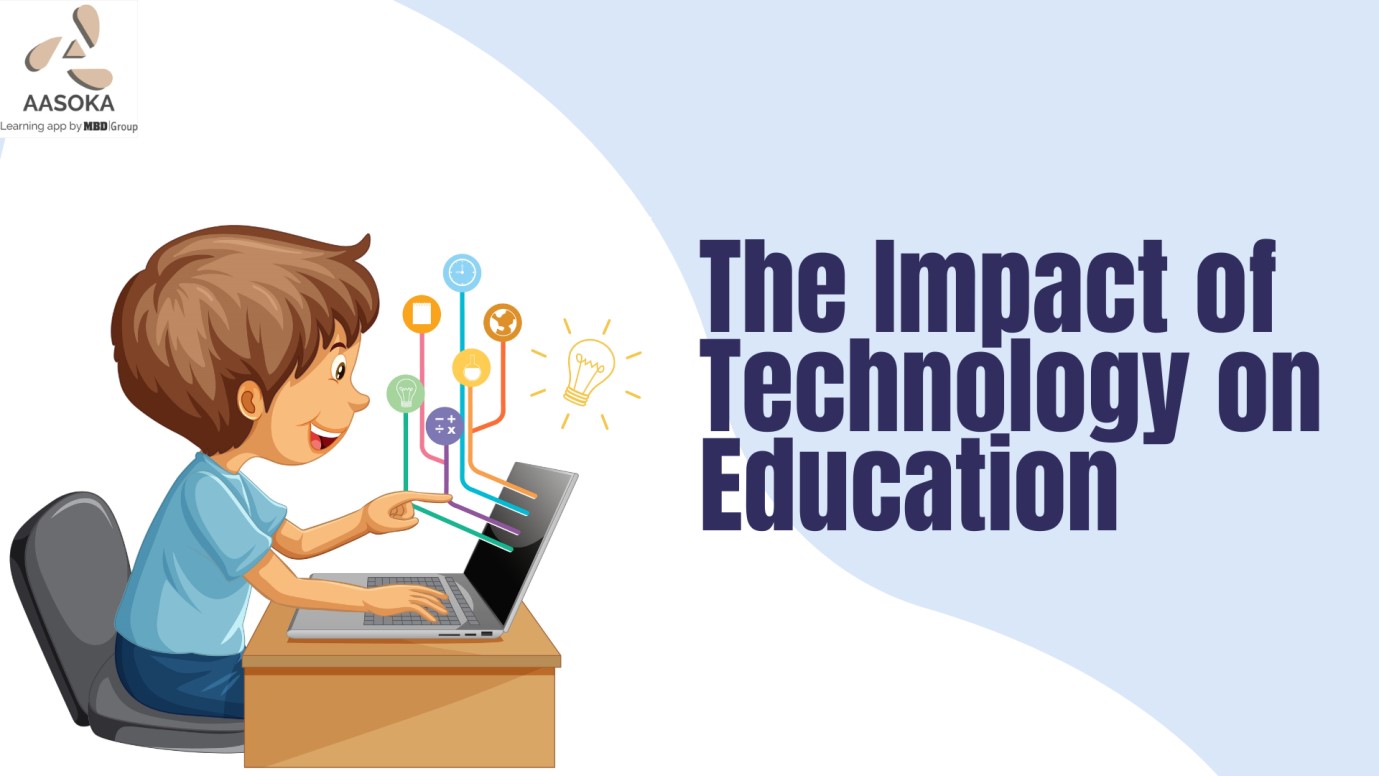
Education has been evolving for centuries, and technology has played a significant role. With the rise of edtech, students can now access learning tools beyond conventional textbooks and blackboards. edtech has transformed classrooms into a hub of technology, enabling students to learn and interact with the world in a much more immersive and engaging way.
EdTech refers to the use of technology to facilitate and enhance teaching and learning experiences. This includes tools such as software, hardware, applications, and online platforms. The purpose of edtech is to transform the traditional classroom into a more interactive and engaging environment for students.
1. Personalized learning: With EdTech, teachers can personalize learning to each student’s unique needs. Students can learn at their own pace and style, allowing them to fully understand the subject before moving on to the next level.
2. Improved collaboration: EdTech tools allow students to work together in groups, sharing their work and ideas in real-time. Collaboration helps students learn from each other, promoting teamwork and communication.
3. Enhanced teaching methods: EdTech has enabled teachers to use diverse teaching methods beyond the traditional lecture-based approach. For example, teachers can use interactive whiteboards, videos, and simulations to make lessons more engaging and interactive.
4. Access to global knowledge: With the internet, students can now access knowledge from around the world. Teachers can use EdTech tools to expose their students to different cultures, beliefs, and practices, allowing them to expand their horizons beyond their immediate surroundings.
5. Increased engagement: EdTech tools such as games, quizzes, and simulations can make learning fun and engaging for students. It can help to keep students motivated and interested in the subject.
6. Efficient grading: EdTech tools can help teachers to grade assignments and tests more efficiently, thus reducing the amount of time spent grading and allowing teachers to focus on providing feedback and support to their students.
7. Improved accessibility: EdTech tools have made education more accessible to students with disabilities. For example, text-to-speech software can help students with dyslexia to read and understand the text more easily.
8. Integration of learning styles: Edtech can incorporate different learning styles in the classroom by providing a variety of multimedia resources and tools that cater to the different learning preferences of students. For visual learners, visual aids such as videos, diagrams, infographics, and animations can be used for a better understanding of a concept. For auditory learners, audio-based resources like podcasts, audiobooks, recorded lectures etc. can be utilized. Edtech can provide interactive simulations, games, and virtual labs that allow kinaesthetic learners to learn through hands-on experiences and experimentation.
Conclusion
EdTech has transformed the traditional classroom into a more interactive, engaging, and accessible learning environment. EdTech tools have enabled teachers to personalize learning, promote collaboration, and enhance teaching methods, leading to improved student engagement and outcomes. As technology continues to evolve, the role of EdTech in the classroom will only continue to grow, providing students with more opportunities to learn and grow in the 21st century.
